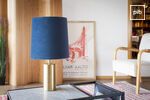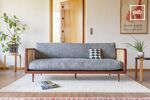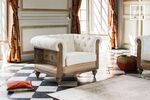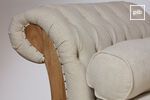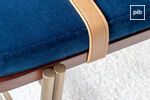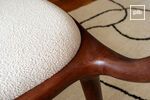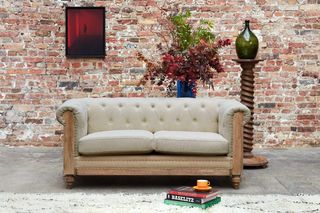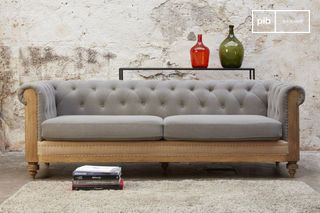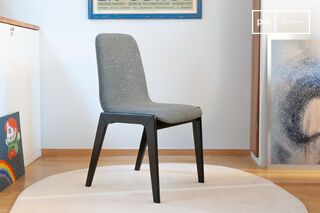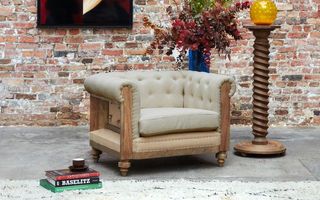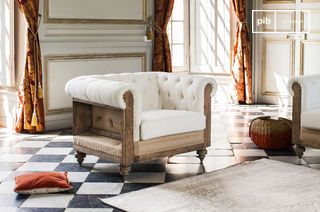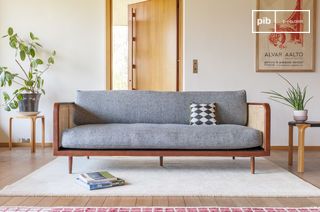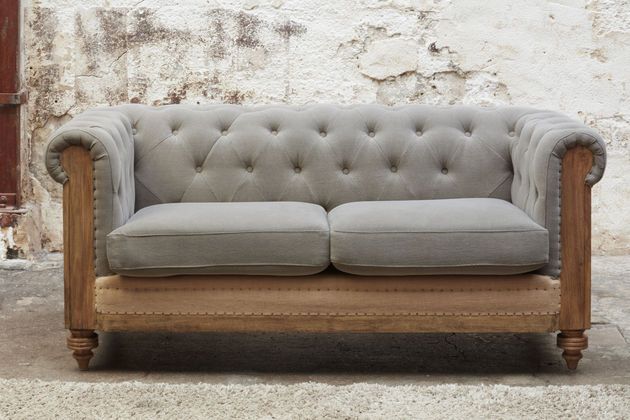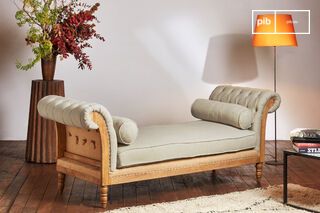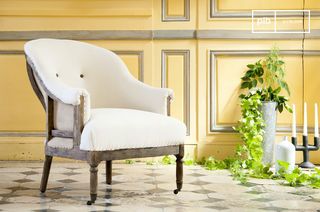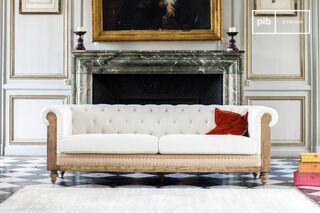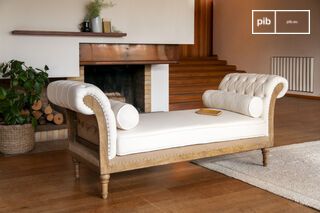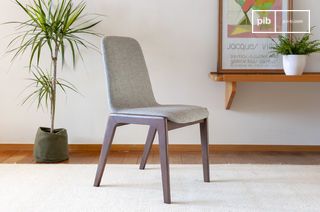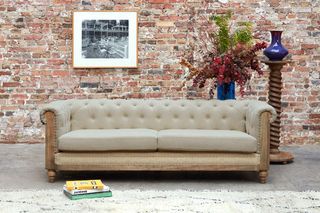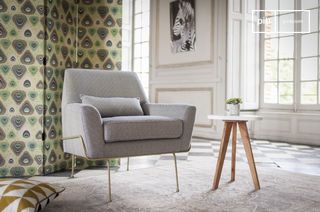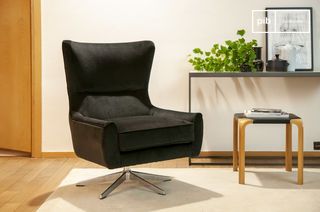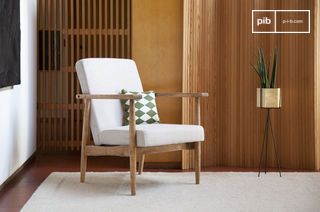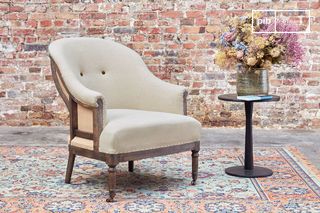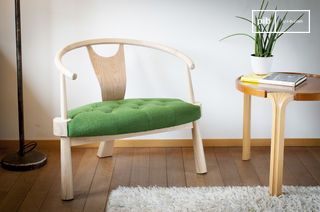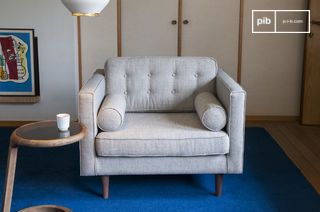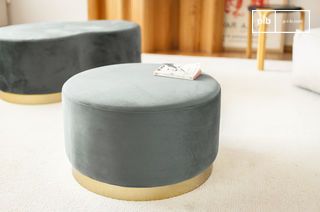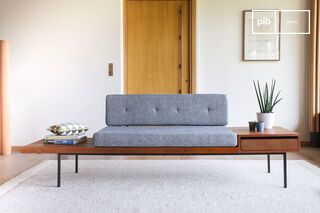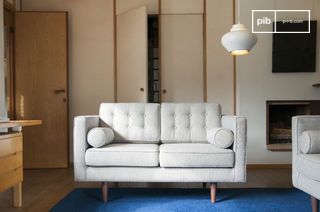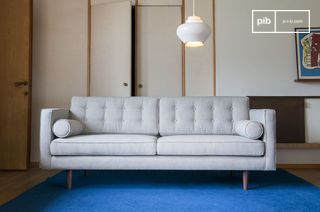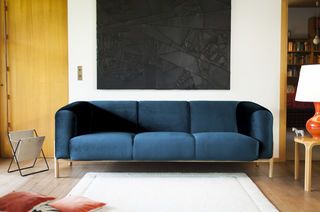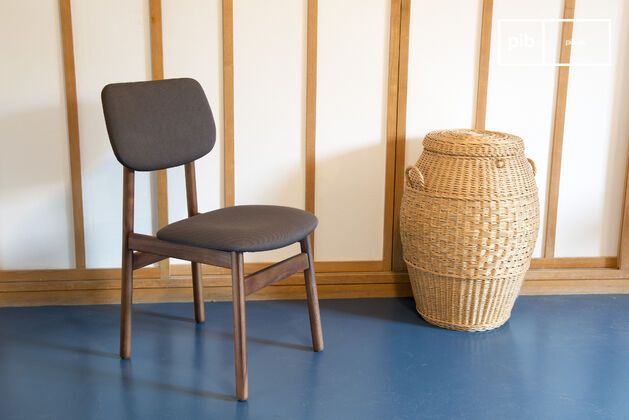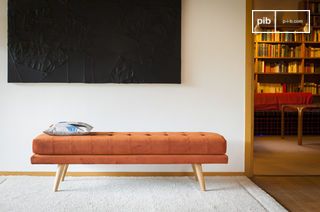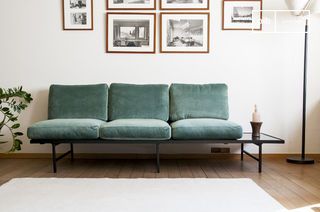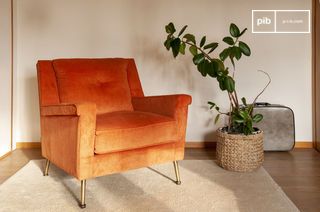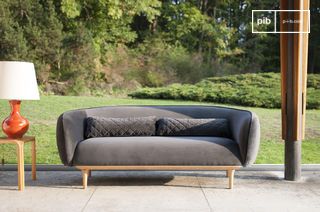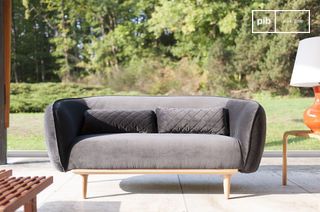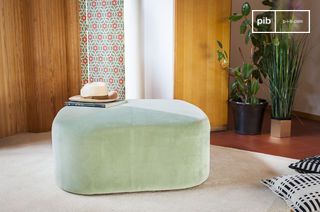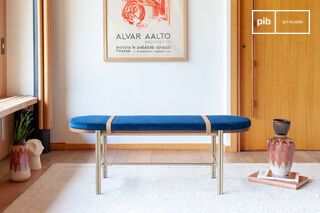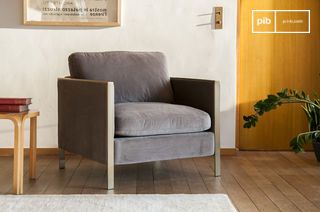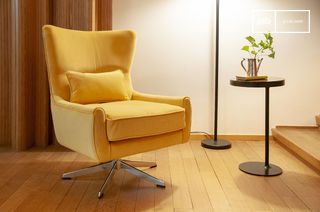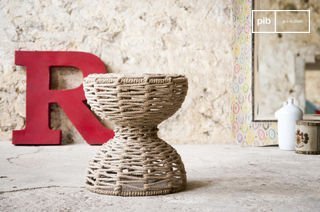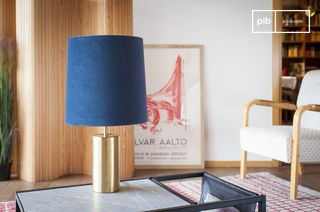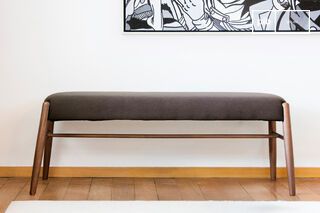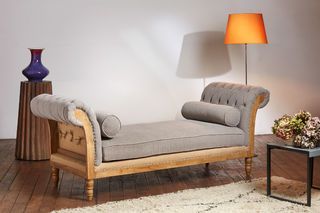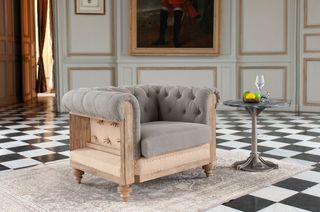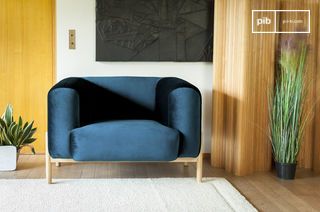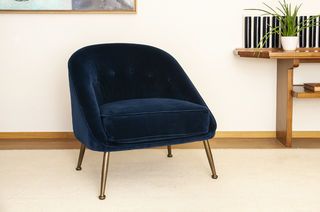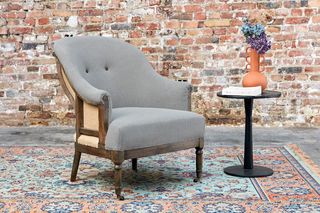Fabrics
The Fabrics category brings together seats, panels and textile elements used to cover, filter or structure interior spaces. Materials such as linen, velvet, bouclette, cotton or technical blends influence both the perception of volumes and the quality of contact. Each fabric has a different density, weave and reaction to light. Their use defines precise functions, absorbs sound or organizes contrasts in a room. Selection is based on visual, tactile and functional criteria adapted to each area of the home. read more >
Filters
10 festive days
10% off our tables and consoles
Welcome your guests in style · Limited stock
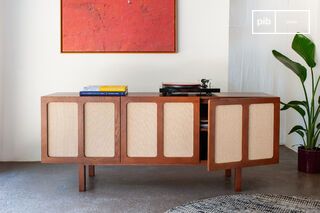
Walnut-tone wood and linen TV unitThalos
£1085 £970-10%

Daybed benchNorilsk
£1200

Fabrics as structuring elements in a design
Fabrics used in furniture are not limited to a covering function. They contribute to the visual balance, comfort and volume management of an interior. Depending on their nature (linen, velvet, wool, technical polyester, bouclette), they modify the reading of shapes and the relationship between materials. Fabrics with a visible weft (such as linen or thick canvas) soften sharp geometries. A dense, oriented textile (such as velvet) adds depth or absorbs light. Soft fabrics mark an area without adding volume, while thick textiles become an integral part of the furniture.
Visual effects, luminosity and tactile perception
Each fabric reacts differently to light: linen diffuses, velvet partially reflects depending on the orientation of the pile, terrycloth absorbs and homogenizes. The choice of fabric therefore modifies the reading of the same volume according to the lighting. From a tactile point of view, fabrics introduce a variety of sensations: dry, dense, granular, supple. This variation makes it possible to differentiate functions within the same room (seating, support, separation). Textiles are also used in curtains or panels to filter natural light without opacifying the space. They create a soft depth without physical partitions.
Combinations and adjustments according to use
Fabrics integrate by contrast or visual extension with the other materials present in a room. Combined with wood, metal or stone, they introduce a gentle break. Their selection should take into account their use: a fabric for frequent use requires good abrasion resistance and simple maintenance; a fabric with a decorative function may emphasize texture or color. The repetition of textiles in the same space (cushions, seats, curtains) contributes to visual unity. Their successful integration relies on the right dosage: too much textile material weighs down perception; targeted use stabilizes an ensemble without overloading.
The *Fabrics* category brings together materials that actively modify the reading of a space. Their precise use helps to organize, temper and link volumes according to a clear functional logic.
The *Fabrics* category brings together materials that actively alter the reading of a space
